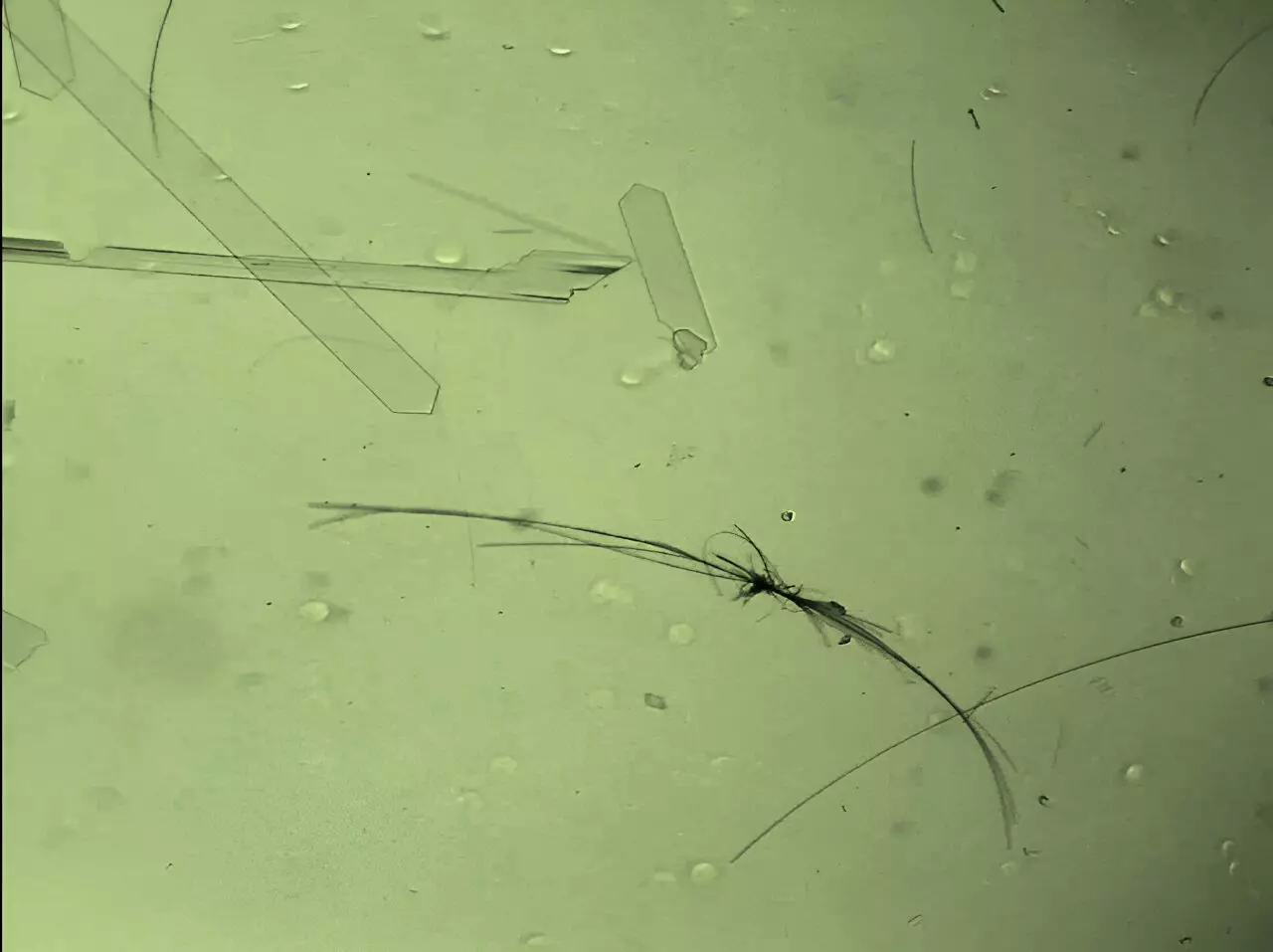Rabih O. Al-Kaysi and his team have developed molecular motors that possess the ability to perform coordinated movements when exposed to light. These tiny machines have the potential to revolutionize various fields, from medicine to engineering. The team’s innovative approach to creating these crystal-based devices opens up a world of possibilities for the future.
The initial molecular crystal motor created by Al-Kaysi and his team in 2021 demonstrated the concept of photoisomerization, where molecules wave their chemical groups back and forth when exposed to light. This collective movement resulted in visible motion of the motor itself, resembling a ribbon dancer. The researchers then took on the challenge of developing motors that only required a single wavelength of light to operate, leading to the synthesis of light-absorbent anthracene molecules capable of continuous back-and-forth movement.
The foundation of these molecular crystal motors lies in the carefully crafted anthracene-based molecules, each consisting of an anthracene segment, a carbon double bond, and a customizable headgroup. These molecules undergo crystal engineering, where they self-assemble into larger structures such as rods and wires. The intricate design of the molecules allows for precise control over the motor’s shape and behavior, paving the way for a diverse range of applications.
With the ability to sustain continuous, oscillating movement when exposed to light, these molecular crystal motors represent a significant advancement in the field of nanotechnology. The researchers have observed the motors displaying intricate 3D motion in their soapy solution, with the movement driven by photoisomerization around the carbon double bond. The durability and resistance to corrosion of these crystal-based motors make them ideal for biomedical applications, micromachines, and microsatellites.
Al-Kaysi and his colleague Bardeen envision a future where their basic science discoveries can address real-world problems. The potential applications of light-activated molecular machines for drug delivery and arrays directing the flow of water around ship hulls highlight the versatility and utility of these molecular crystal motors. By fine-tuning the movement of the motors through adjustments in light intensity and wavelength, the researchers are paving the way for groundbreaking advancements in various industries.
The development of molecular crystal motors by Rabih O. Al-Kaysi and his team represents a monumental achievement in the realm of nanotechnology. The precision, durability, and versatility of these tiny machines open up a world of possibilities for applications in medicine, engineering, and beyond. As researchers continue to explore the capabilities of these molecular motors, the future holds exciting prospects for innovative solutions to complex challenges.


Leave a Reply